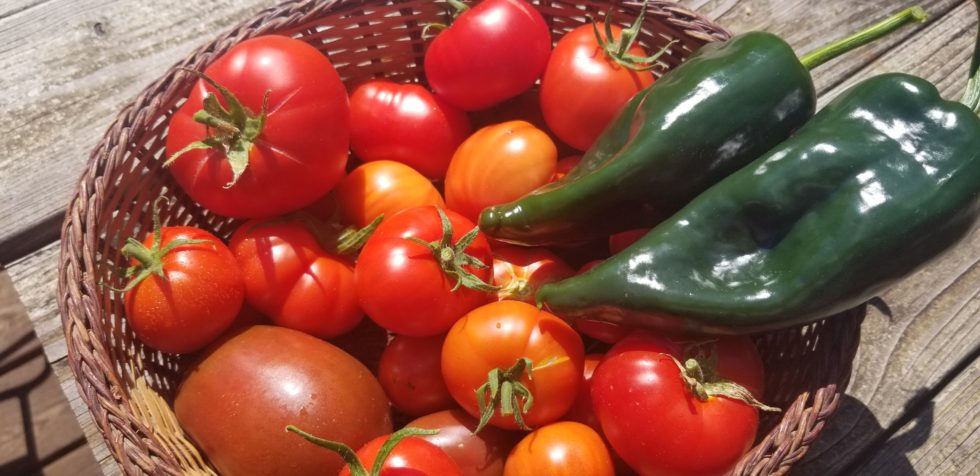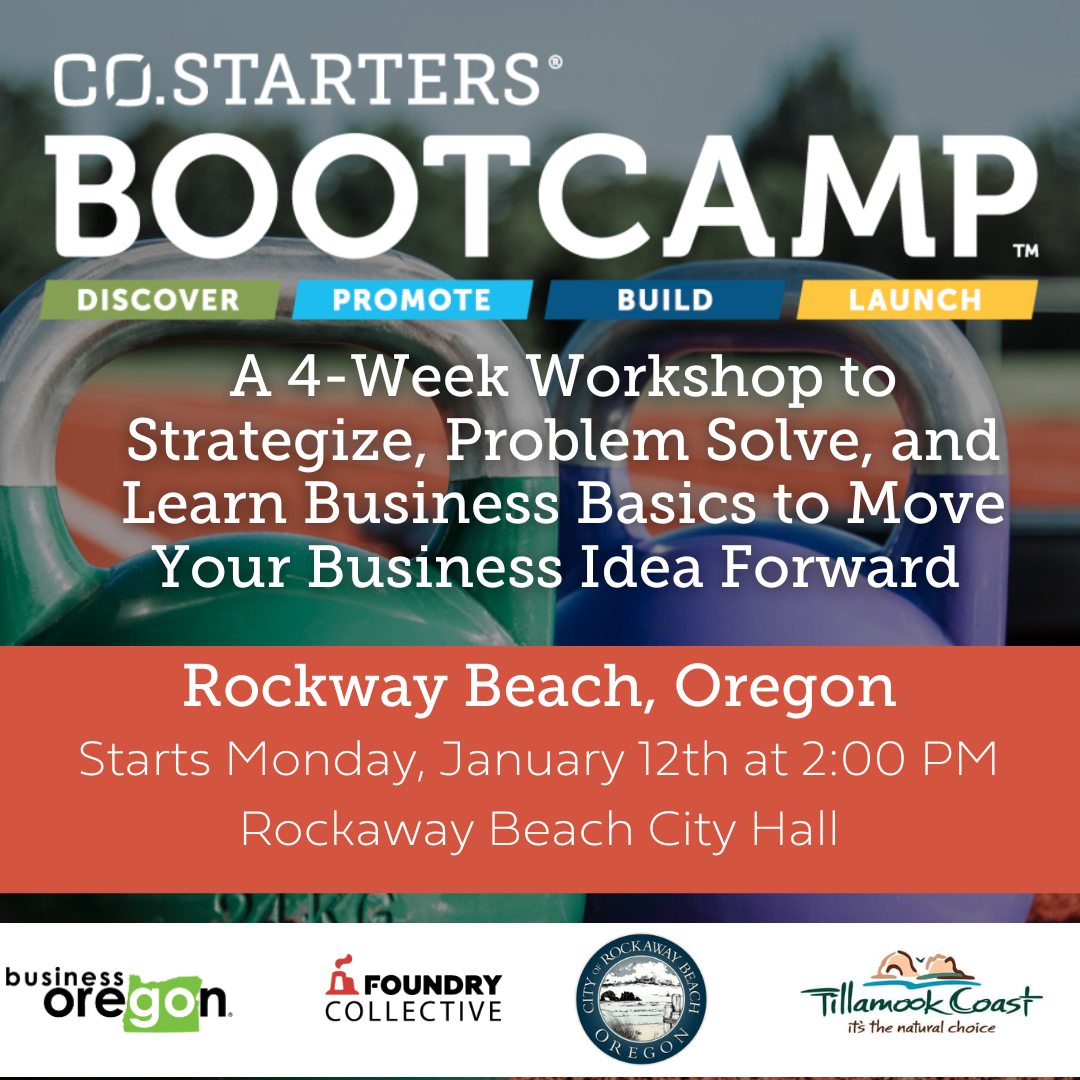By Laura Swanson, Editor/Master Gardener Class of 2004
Gardening is a way to take direct control of your access to fresh foods — you are able to provide for yourself, your family, and your neighbors. And you’re also able to make decisions about what it is that you want to eat, and let’s face it, homegrown foods just taste better! My garden has provided even more respite this year. The “chore” of watering is my zen time, especially this year 😉
Gardening feeds more than your stomach, it nurtures and fulfills the soul. Growing something is such a wonderful recreational and therapeutic activity for many folks across generations to take part in. According to OSU Master Gardeners there has been a nearly 1,000% increase in questions and class participation in gardening this year in Oregon.
If you are interested in preserving any of your bounty, you might have also encountered a “shortage” of canning jars and supplies. Don’t worry! There are other ways to preserve your veggies and fruit. Consider drying and/or freezing – OSU Extension has several great publications available, including Freezing Fruits & Vegetables and Drying Fruits & Vegetables.
Freezing and drying work well when you just have a few servings to preserve, and especially if your family will be eating it within the next year. While you are harvesting and storing the bounty, remember that we can garden almost year-round here on the temperate (most of the time) Oregon Coast. And there are tips and ideas for “extending the season” – such as cloches and raised beds, the best varieties to grow and now’s the time.
Extend vegetable crop through fall and winter by planting now
You can plant vegetables in late summer/early fall after you harvest crops and as space is available; and in many years you can have a year-round garden. Some of the best vegetables are produced during the warm days and cold nights of fall. Light frost adds sugar to sweet corn and crispness to carrots. Parsnips, kale, collards, Brussels sprouts and Jerusalem artichokes also improve with a touch of frost.
Certain vegetables are better suited to Fall and Winter harvest than others. A complete list of recommended varieties and how to grow them can be found in the eight-page guide Fall and Winter Vegetable Gardening in the Pacific Northwest.
A key to successful fall or winter gardening is location of your garden. Choose the warmest spot you have that is not prone to early frost, avoid the bottom of a hill or an area with lots of bushes and trees. A south-facing slope is best for winter sun. Be sure to restore nutrients removed by spring and summer crops with a light layer of compost or aged manure or a small application of fertilizer. Do not over-fertilize with nitrogen.
During the rainy season, good well-drained soils are essential. Raised beds are best and amend it with organic matter such as compost.
Timely planting is another key to success. Crops need time to become well-established before cold weather and short days curtail growth, but if you plant too early, the young plants can wilt in the heat or mature too soon. Choose the fastest-maturing varieties and pay attention to the average date of the first killing frost in our area, which can vary from mid-October to late November, depending on location. Near the beaches, there might not even be a frost, while up our river valleys there can be several hard frosts in October. Again, raised beds and containers, location, location, location, with cloches or row covers, and you can grow year-round. You can give seeds a head-start in containers or a nursery bed, or buy starts from a garden center.
Brassicas or cole crops such as – brussels sprouts, broccoli, cauliflower and cabbages, will overwinter and continue to produce well into November or December.
Early fall is the time to plant garlic for harvest in late spring next year.
Plant shallots or onions to overwinter and for early crops.
Leafy greens, lettuce, spinach and kale are all “winter regulars” in my deck planters. We really enjoy “microgreens” planted right outside our kitchen to add crunch to sandwiches and salads. We re-grow and re-plant these; another popular microgreen are pea-shoots.
Select your favorite herbs (most are perennials) and plant in containers near your kitchen to be able to add freshness to dishes year-round. Some easy to grow favorites are oregano, thyme, sage and rosemary.
A crop that fails one year because of an unusually early freeze or abnormally cold winter may thrive in a milder year. Be willing to experiment, and don’t give up if your results are less than stellar. Every year is a learning experience – this year it was the chipmunks that kept eating our lettuce seeds (sometimes before they sprouted). Replanting ensued and covers added to prevent critter invasions, and viola! Lettuce rejoice!
For answers to your gardening questions, Tillamook County Master Gardeners are available via phone at 503-842-3433 or email tillamookmastergardener@gmail.com.
The Tillamook County Pioneer has teamed up with Tillamook County Master Gardeners to provide virtual garden tours in 2020. The links for the virtual tours can be found here and here (with more to come).
For more local health and wellness information, follow Tillamook County Wellness on Facebook, Instagram and Twitter or go www.tillamookcountywellness.org.


